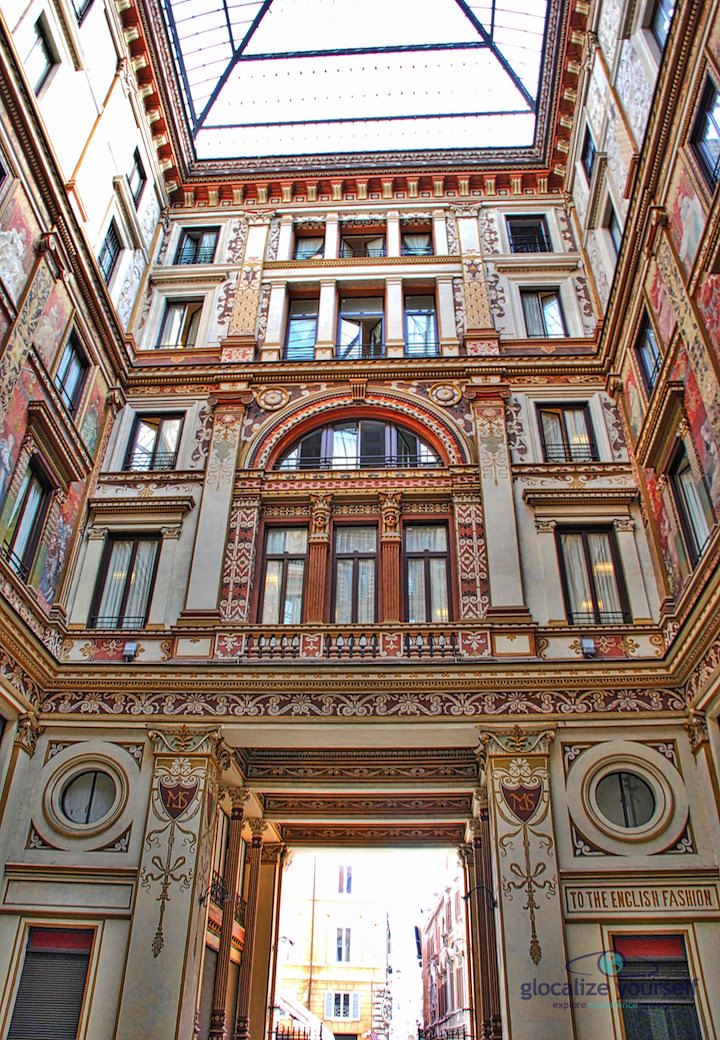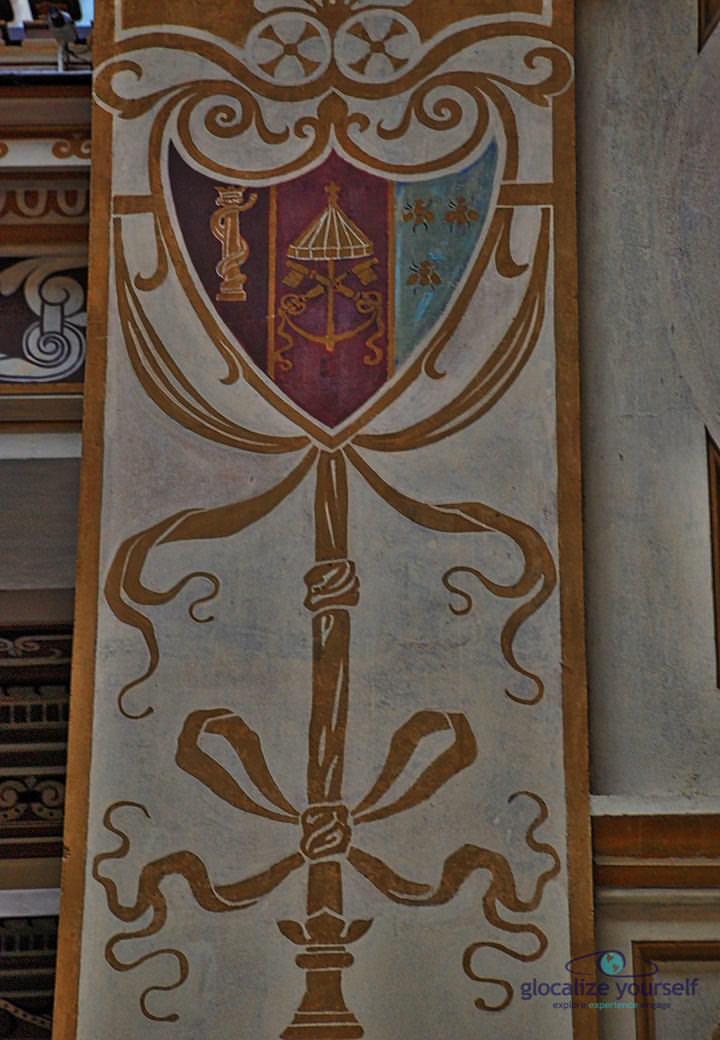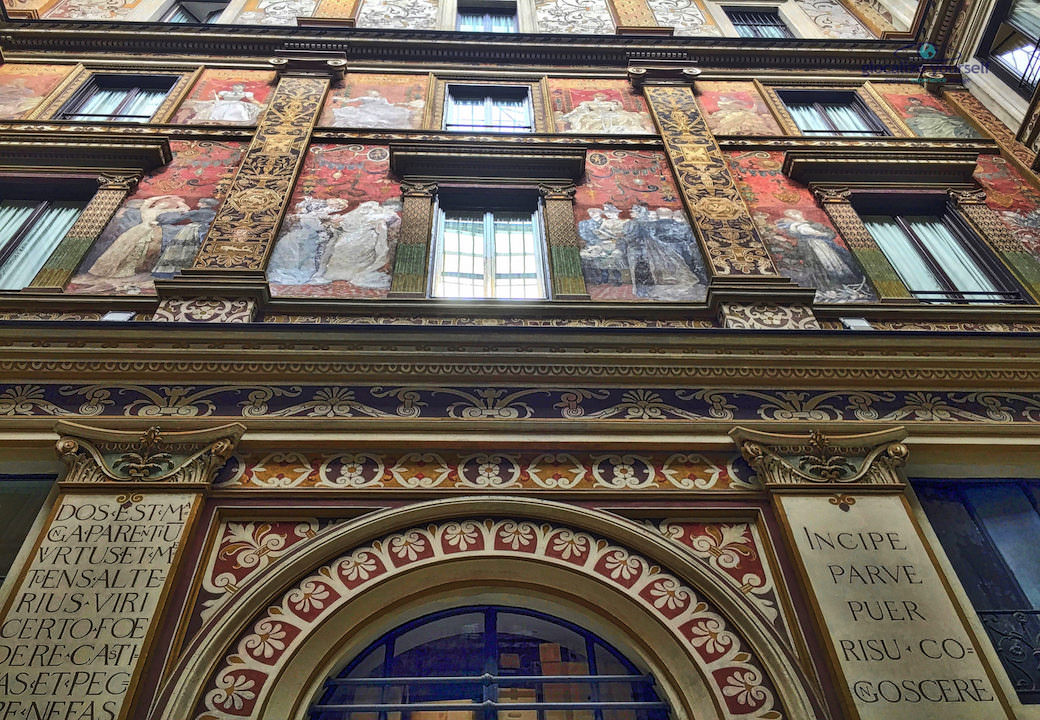
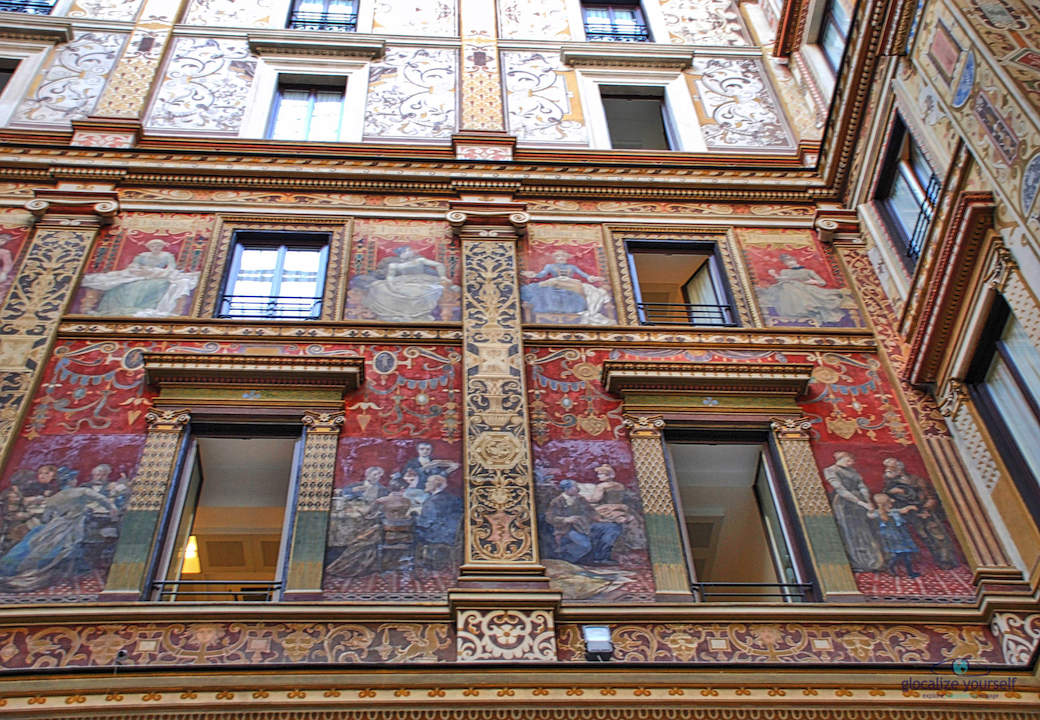
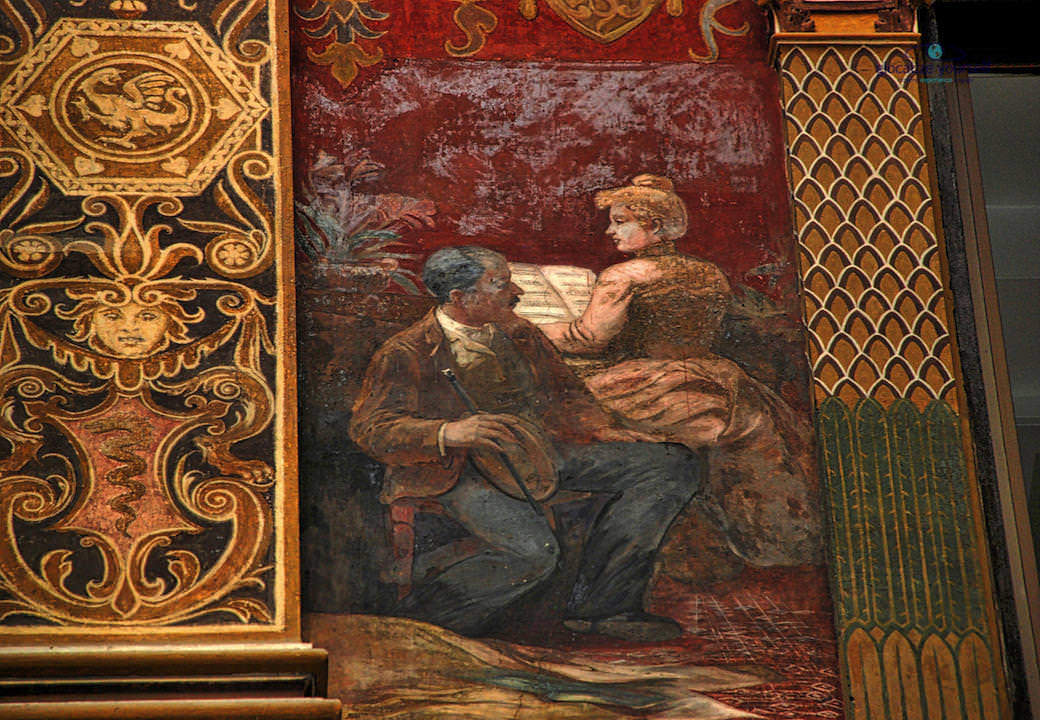

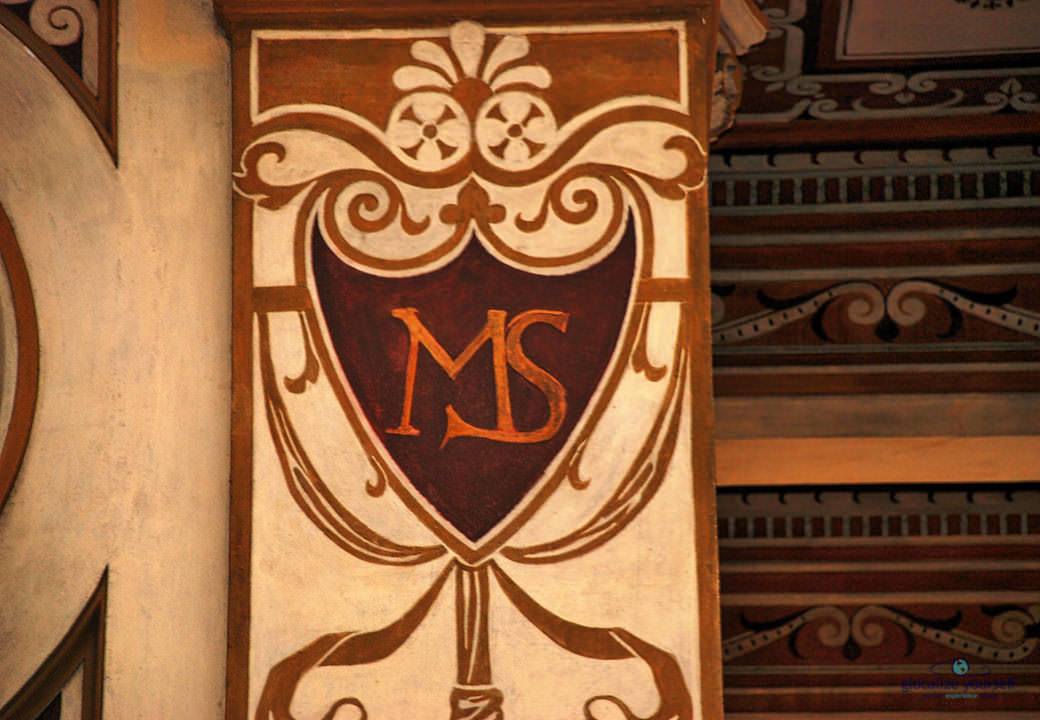
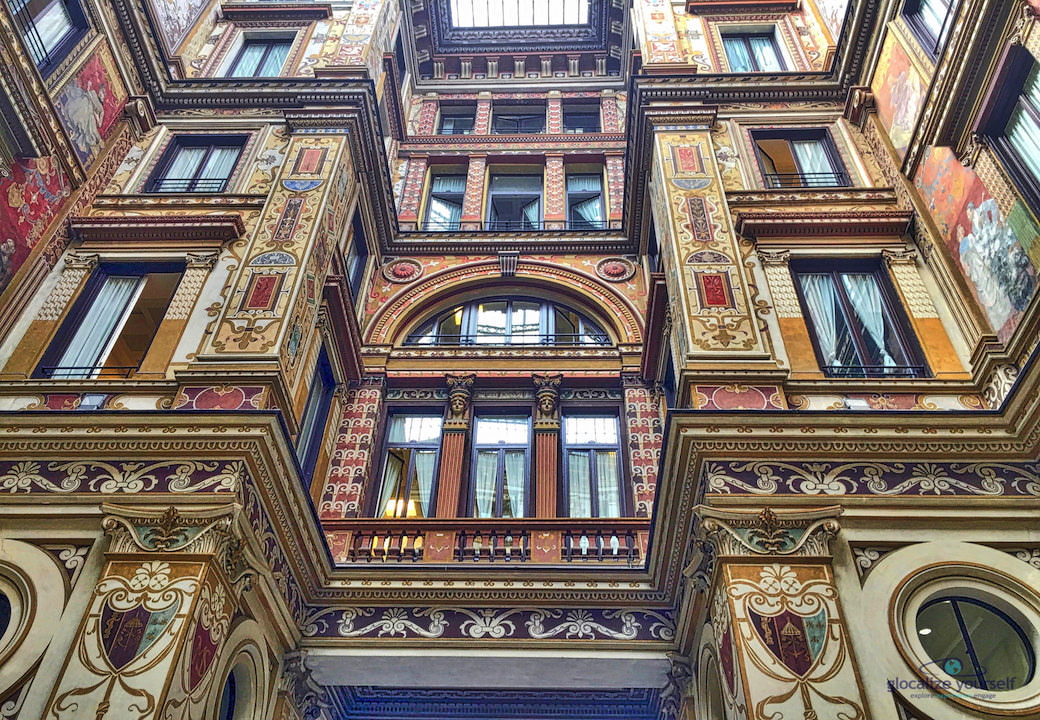 It was created in the Trevi neighborhood in the second half of the 1880’s.
It is open to the public Monday through Friday during business hours.
The Capture of Rome took place in 1870, which resulted in Rome becoming a part of the Kingdom of Italy.
It was created in the Trevi neighborhood in the second half of the 1880’s.
It is open to the public Monday through Friday during business hours.
The Capture of Rome took place in 1870, which resulted in Rome becoming a part of the Kingdom of Italy.
Within the following year, the capital of Italy would change from Florence to Rome.
This was a period of great change: the city was restructured and modernized in order to take on the new role as the capital.
With a new bureaucratic system in place, new ministries and new offices developed.
There were also new museums and new spaces created to display modern culture.
There was also a great demand for new housing.
The new administrative system transferred large numbers of families into the city and so the number of residents in Rome had noticeably grown.
There was a new, rich style of construction, characterized by Neoclassical themes lightened with the Liberty Style.
It was very different from the obsolete Papal architecture and it served as a visual representation of the strong and lasting government.
During these years, even the upper-middle class Romans underwent urbanization efforts in order to make their palaces more elegant and functional, as the best intellectual groups of the era often gathered in their salons.
This was how work began on the Sciarra Gallery in 1886.
Prince Maffeo Barberini-Colonna from Sciarra wanted to connect the various spaces of his property and those of his businesses, among which were the offices of “the Grandstand” (a daily newspaper) and the Quirinus Theater.
He also took over the literary magazine “Cronaca Bizantina” (“Byzantine Report”), from the previous editor Sommalunga.
The magazine was directed also by Gabriele D’Annunzio and had its office in the Sciarra Palace.
Giulio de Angelis, an architect with a style that often featured cast iron, worked on the restructuring of this building complex and was the designer of the Sciarra Gallery.
He planned out a cruciform, pedestrian courtyard that would have at one time been covered by iron and glass.
The entrance halls feature painted cast iron columns that are load-bearing even though they appear thin and light.
All of the gallery’s decorations are of the Liberty Style including the frescoes, the wrought-iron, and terracotta elements.
It was all created by the painter Giuseppe Cellini under the direction of the scholar Giulio Salvadori, keeping with the theme of his iconographic work: “Glorification of the Woman”.
The upper panel features the depiction of the feminine values as elegant ladies, many of which are real portraits of some of the artists more beautiful, aristocratic friends.
In the scroll above each figure is the name of the represented virtue: Modesty, Clear-Mindedness, Strength, Humility, Prudence, Patience, Courtesy, Kindness, Faithfulness, Love, Mercy, and Justice.
On the first floor, there is also a picture displaying the date of completion in Roman numerals: MDCCCLXXXVIII, 1888.
The lower panel displays scenes from the everyday life of middle class women, in which a young woman is shown doing activities such as gardening, making lunch, practicing music, charity, beauty care, and polite conversation.
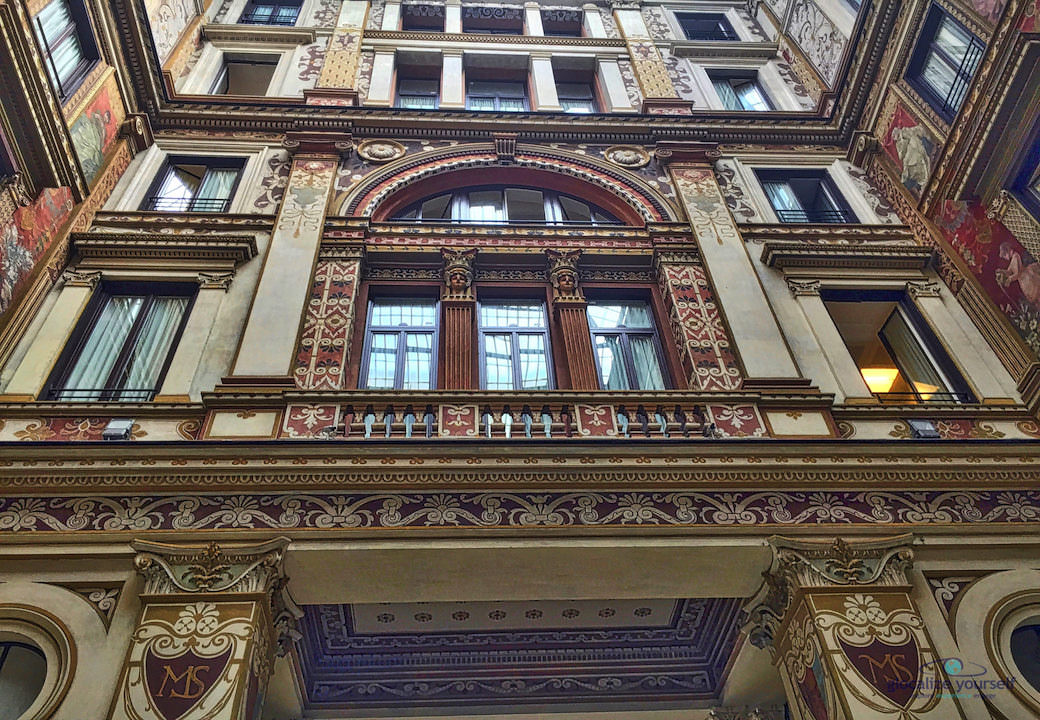
 English
English  Italian
Italian 
